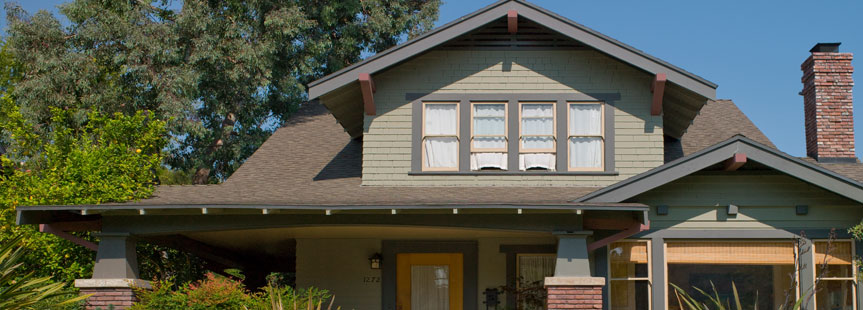Learning Center

Home Equity Basics
What can I use the home equity funds for?
You can use a fixed home equity loan for anything you want. However, borrowers usually use second mortgages for some of life’s larger expenses because homes may to have a lot of value to borrow against. Several popular uses include:
- Remodel, renovate, or otherwise improve the house and property
- Fund the purchase of a second home
- Consolidate high-interest debts
Items to consider with Home Equity Loans
With either a home equity loan or a line of credit, you’re pledging your home as collateral, meaning if you don’t make the payments on your loan the lender could end up owning your house. Equity loans and lines of credit often have a repayment period of 15 years, although it might be as short as five years. And even if you end up selling your house, you still have to pay off the balance of the loan before the title can be released.
How does a traditional Home Equity Loan work?
A Home Equity Loan is just like a traditional loan – the borrower takes a large sum of cash up front and repays the loan over time with fixed monthly payments that include principle and interest. The interest rate is defined when the loan is originated and remains fixed for the life of the loan. Each monthly payment reduces your loan balance and covers some of your interest costs just as with an amortizing loan.
How does a Home Equity Loan Line of Credit (HELOC) work?
A HELOC works very much like a credit card. The borrower gets a revolving line of credit with a maximum loan amount and can borrow funds against it as needed. There’s a maximum loan amount, but the borrower is not obligated to borrow the maximum — the borrower is only charged interest on how much is loaned. HELOCs start out with a ‘draw period’ that lasts up to 10 years. During this time, the borrower can withdraw funds as often as needed and payments are interest only. When the draw period is completed, the borrower will enter into the ‘repayment period’ which could last up to 20 years. Generally, the borrower cannot withdraw any more funds during this time and will have to pay back interest and principal in monthly payments. With a HELOC loan you can pay back principal at any time during the draw period making it accessible again and again. There is no minimum draw amount, no annual fee or maintenance fee. Funds can be advanced via check, debit card, online banking or at any branch location and can be used as needed.
How do HELOC rates work?
HELOC rates are variable, meaning they will change over the life of the loan. The rate is generally tied to the prime rate and as the prime rate fluctuates, so does the rate on the HELOC. Lenders often have annual caps (maximum rate increases for a given year) and lifetime caps (the maximum rate for the life of the loan).
What are the key benefits of Home Equity loans?
Low Rates: Home equity loans typically have a lower interest rate than unsecured loans such as credit cards and personal loans. A low rate can help keep borrowing costs low.
Large Loan Amounts: Borrowers can qualify for relatively large loans using Home Equity loans, assuming there is sufficient equity in the home. For large expenses like home improvements, higher education or starting a business, home equity may be the best source of funding available.
Potential Tax Benefits: Interest on a home equity loan may be tax deductible, particularly if the funds are for ‘substantial improvements’ to a property. Tax professionals can provide details prior to borrowing and tax preparation time.
